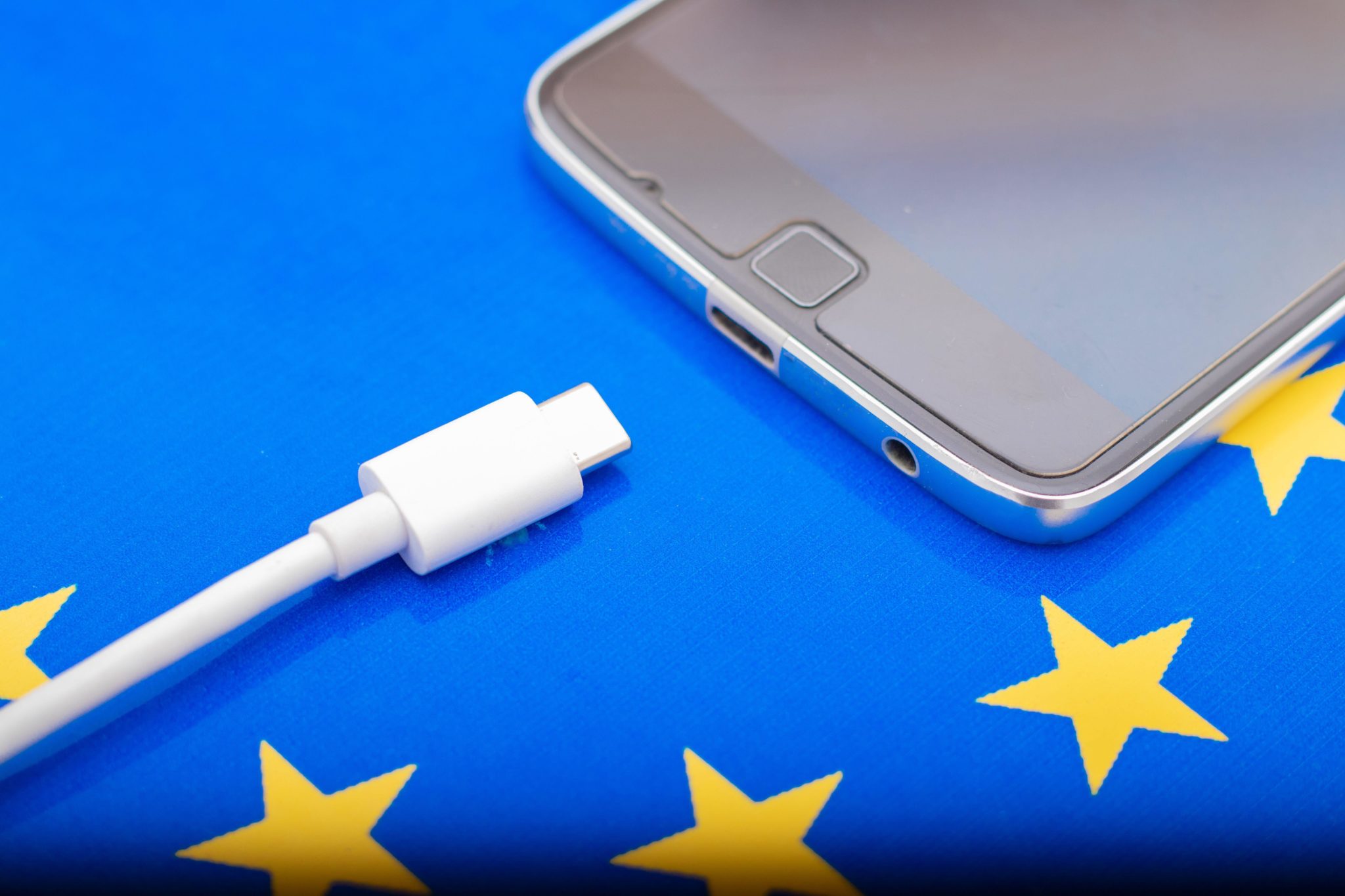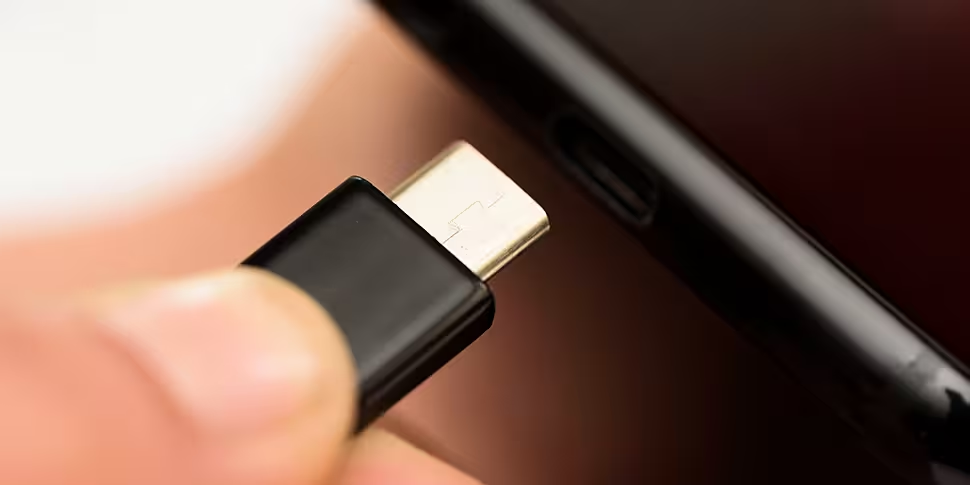There is to be one single type of charger for phones across the European Union by autumn 2024.
European Parliament and Council negotiators agreed on Tuesday that USB Type-C will become the common charging port for all mobile phones, tablets and cameras across the bloc.
Laptops will also have to be adapted by 40 months after it comes into force.
The provisional agreement will see charging speeds harmonised for devices that support fast charging.
While buyers can also choose whether to purchase their new device with or without a charger.
 Close up of a mobile phone Charger with a USB Type - C cord on an EU flag. Picture by: lakshmiprasad S / Alamy Stock Photo
Close up of a mobile phone Charger with a USB Type - C cord on an EU flag. Picture by: lakshmiprasad S / Alamy Stock PhotoWhat happens next?
After the summer recess the European Parliament and Council will have to formally approve the agreement before it's published.
It will then enter into force 20 days after publication, and will start to apply after 24 months.
However the new rules will not apply to products placed on the market before that date.
The European Parliament says consumers will be provided with "clear information on the charging characteristics of new devices" - making it easier for them to see whether their existing chargers are compatible.
"These new obligations will lead to more re-use of chargers and will help consumers save up to €250m a year on unnecessary charger purchases.
"Disposed of and unused chargers are estimated to represent about 11,000 tonnes of e-waste annually", it adds.
Mobile phones, tablets, e-readers, earbuds, digital cameras, headphones and headsets, handheld videogame consoles and portable speakers that are rechargeable through a wired cable will have to be equipped with a USB Type-C port - regardless of their manufacturer.
Apple has previously spoken out against the plans for a common charger, claiming it would "stifle innovation".
However reports say the US tech giant has begun testing future iPhones with USB-C ports.









